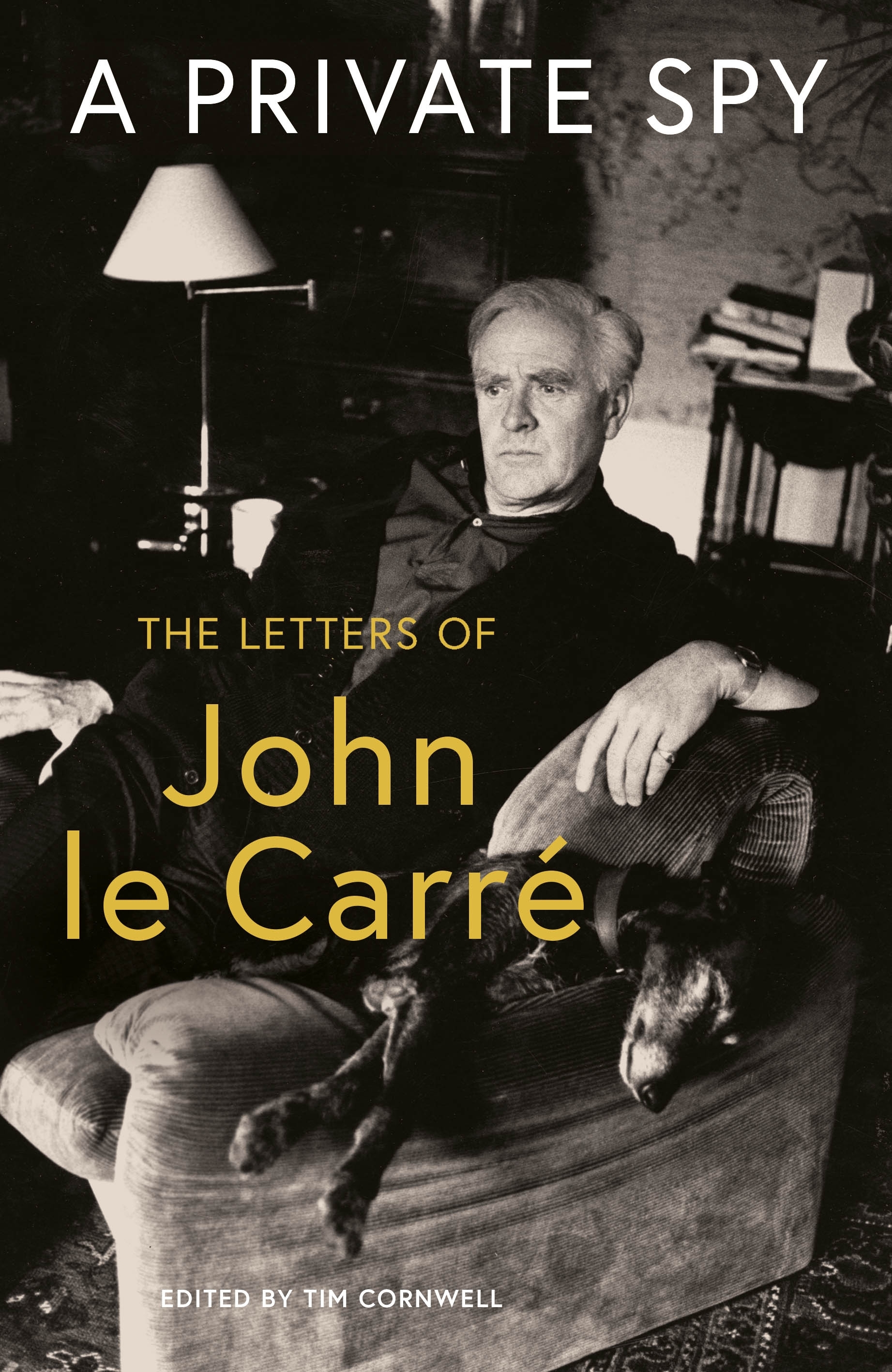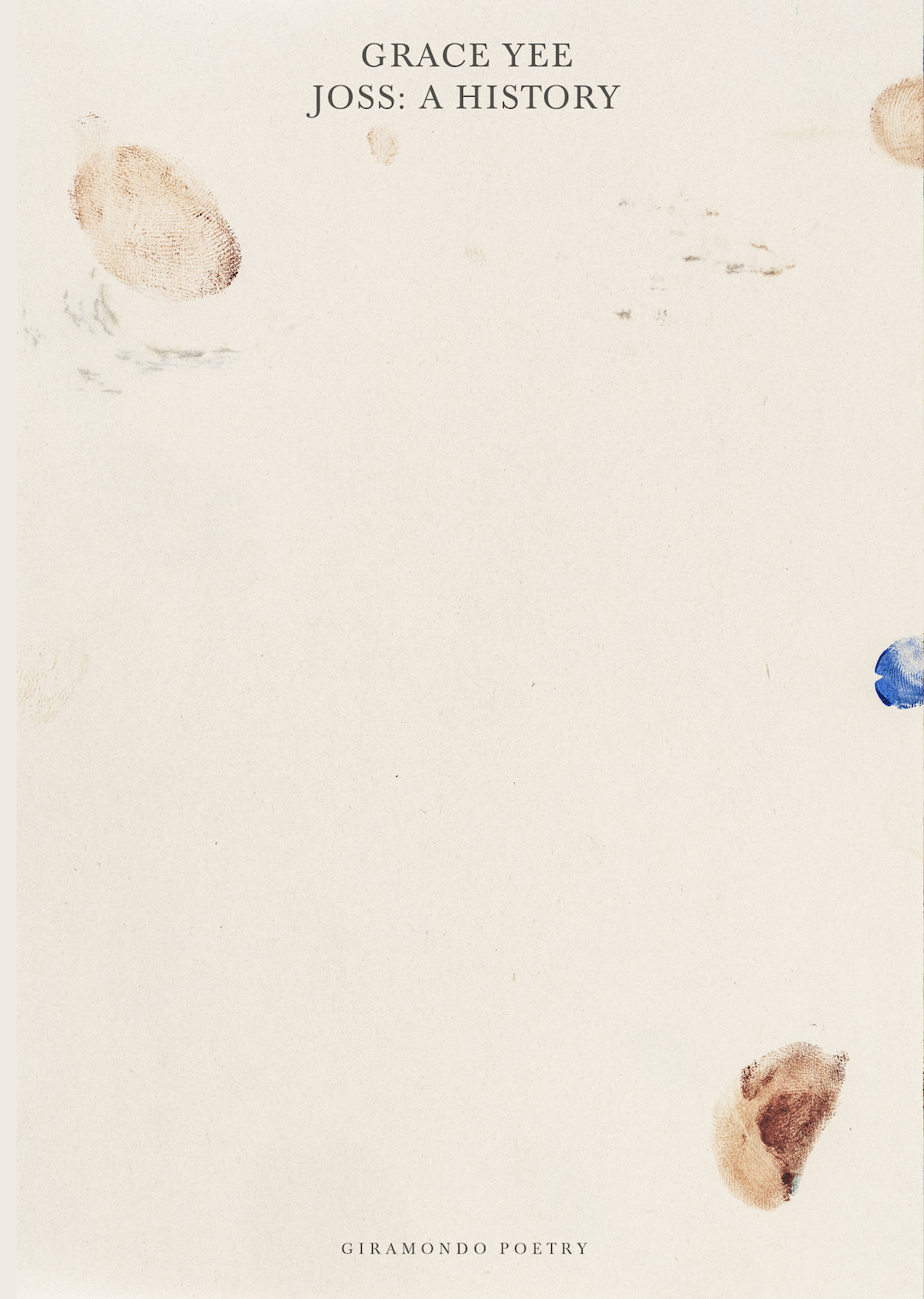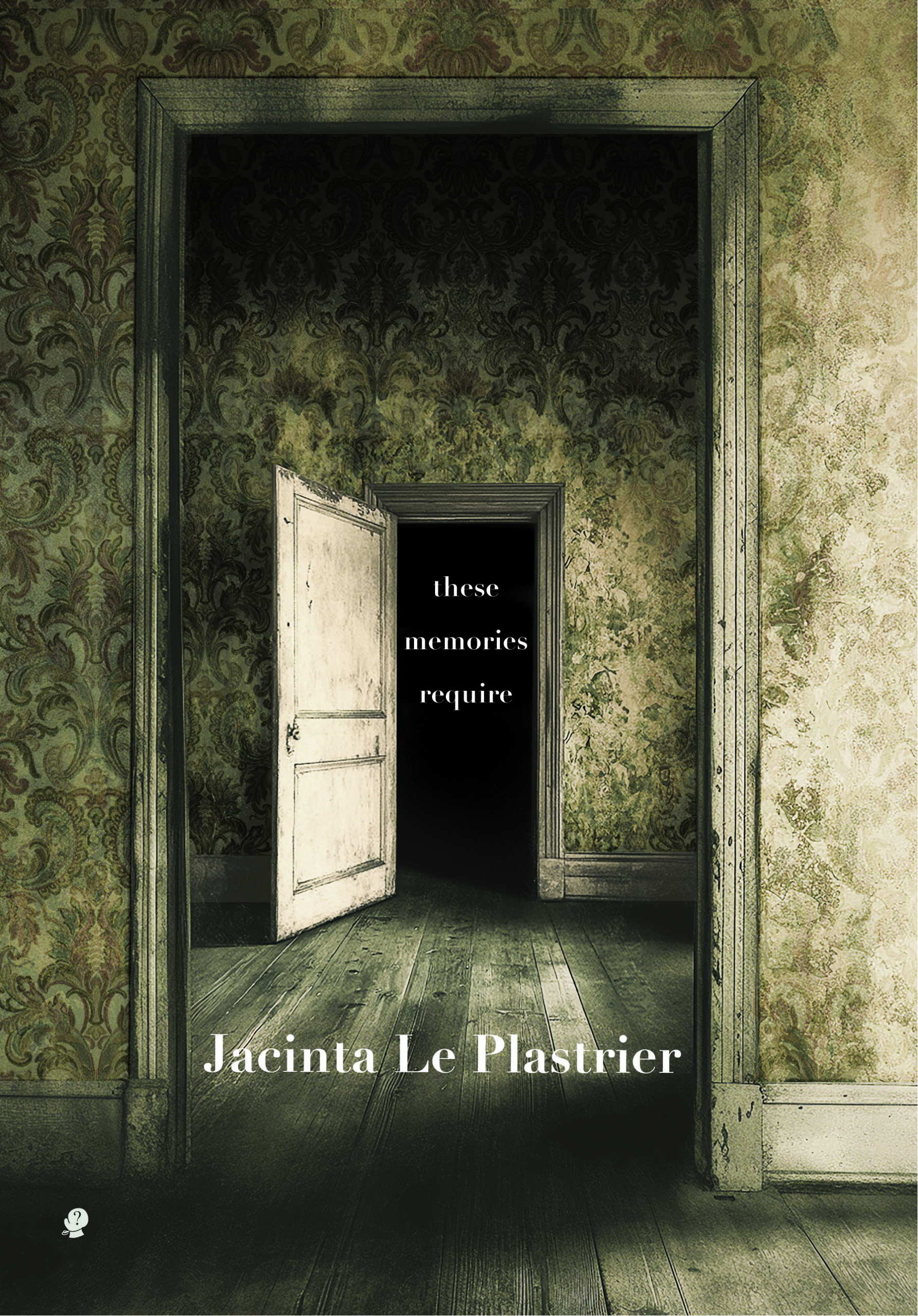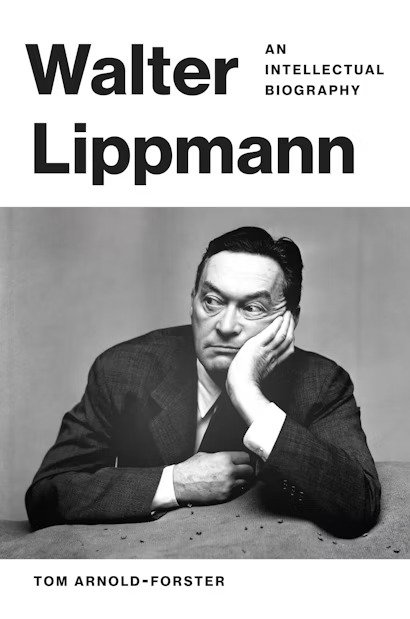A Private Spy: The letters of John le Carré
Viking, $39.99 pb, 713 pp
Tinker Tailor Soldier Scribe
Was he John or was he David? That’s the trouble with being a literary double agent: there’s always the significant other to consider. David Cornwell, alias John le Carré, devised his pseudonym in 1958, on the same day he also created his most famous character, George Smiley, on the opening page of his first novel, Call for the Dead. This was when le Carré – a fresh recruit to MI5 and on his daily two-hour train commute into central London – ‘just began writing in a little notebook’.
The bounty contained within this and succeeding notebooks has resounded with far greater global impact than le Carré’s all-too-brief career as a professional spy. While MI5 and then MI6 both lost a diligent and dutiful servant, English fiction gained a master chronicler whose work spanned the building and knocking-down of the Berlin Wall and beyond, up to the age of Tony Blair and Brexit – both anathema to le Carré. Along the way, le Carré’s prodigious quest for knowledge and his innate creative ingenuity transformed the spy novel into great literature. He also provided the English language with a host of new meanings for such familiar words as ‘circus’, ‘mole’, ‘babysitter’, ‘lamplighter’, ‘pavement artists’, et al.
By the time he died in December 2020 at the age of eighty-nine, le Carré had bequeathed the world twenty-five novels (an additional one, Silverview, was published posthumously), plus a book of memoirs, The Pigeon Tunnel: Stories from a life (2016). Intriguingly, the latter was published just a year after the excellent biography of le Carré by Adam Sisman, which le Carré at first supported, then resisted. As Sisman wrote archly later: ‘Memoir is what you can remember: biography aspires to objective truth.’ (Bearing this in mind, I recommend, when reading le Carré’s letters, to keep Sisman near to hand.)
Continue reading for only $10 per month. Subscribe and gain full access to Australian Book Review. Already a subscriber? Sign in. If you need assistance, feel free to contact us.











Comment (1)
During the Malayan Emergency (really a war) British Intelligence and covert units such as the Special Air Service worked closely together under the eagle eyes of Field Marshal Sir Gerald Walter Robert Templer and his ADC Alan Pemberton who in 1952 in Malaya oversaw the establishment of 22 SAS Regiment. Since then its home has been in Hereford, England. Malaya proved to be an exquisite training ground for all involved in the dark arts of modern warfare.
Even the notorious spy Philby tried to get in on the act to support the communist backed insurgents and later some of Pemberton’s People starred in the real Clockwork Orange Plot as to be depicted in Samuel Martin’s The Ghost of Harold Wilson.
If you are interested in this and more besides do check it out at TheBurlingtonFiles website and see the News Article dated 31 October 2022 … Pemberton’s People, Ungentlemanly Officers & Rogue Heroes.
Leave a comment
If you are an ABR subscriber, you will need to sign in to post a comment.
If you have forgotten your sign in details, or if you receive an error message when trying to submit your comment, please email your comment (and the name of the article to which it relates) to ABR Comments. We will review your comment and, subject to approval, we will post it under your name.
Please note that all comments must be approved by ABR and comply with our Terms & Conditions.